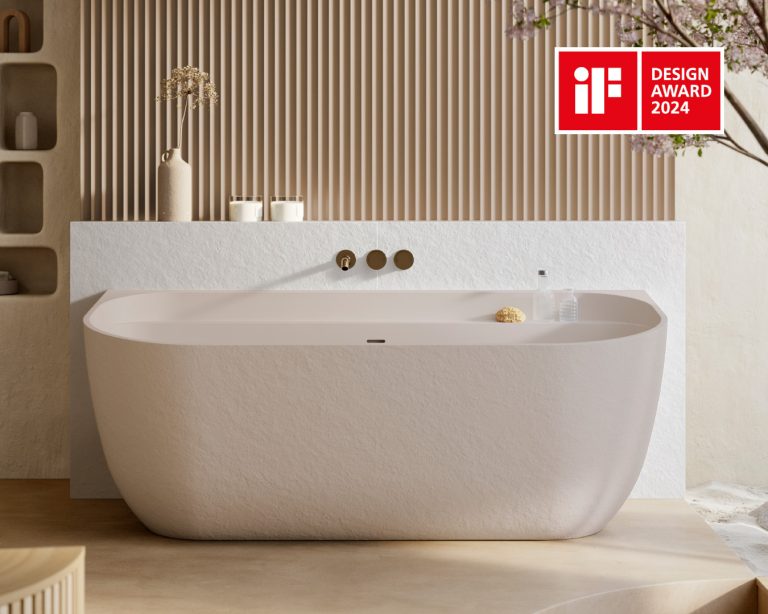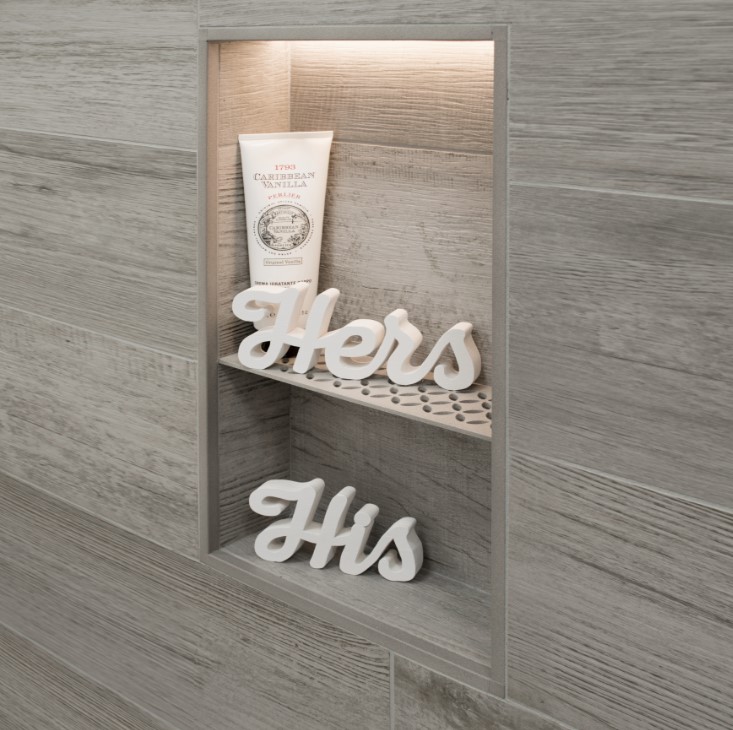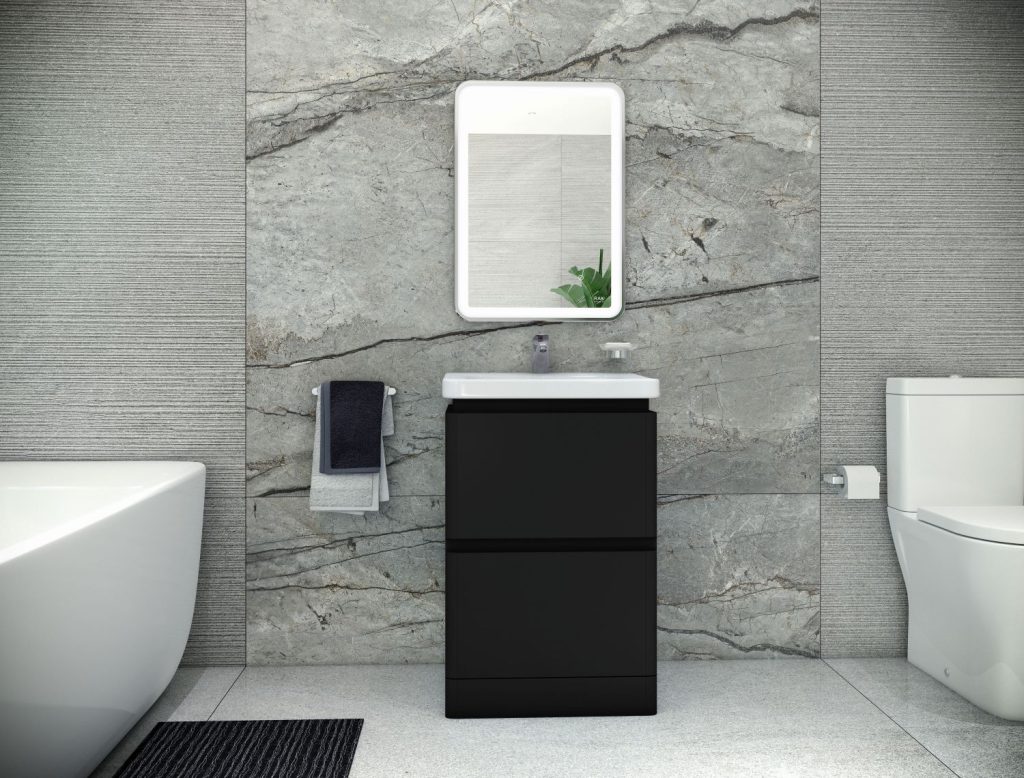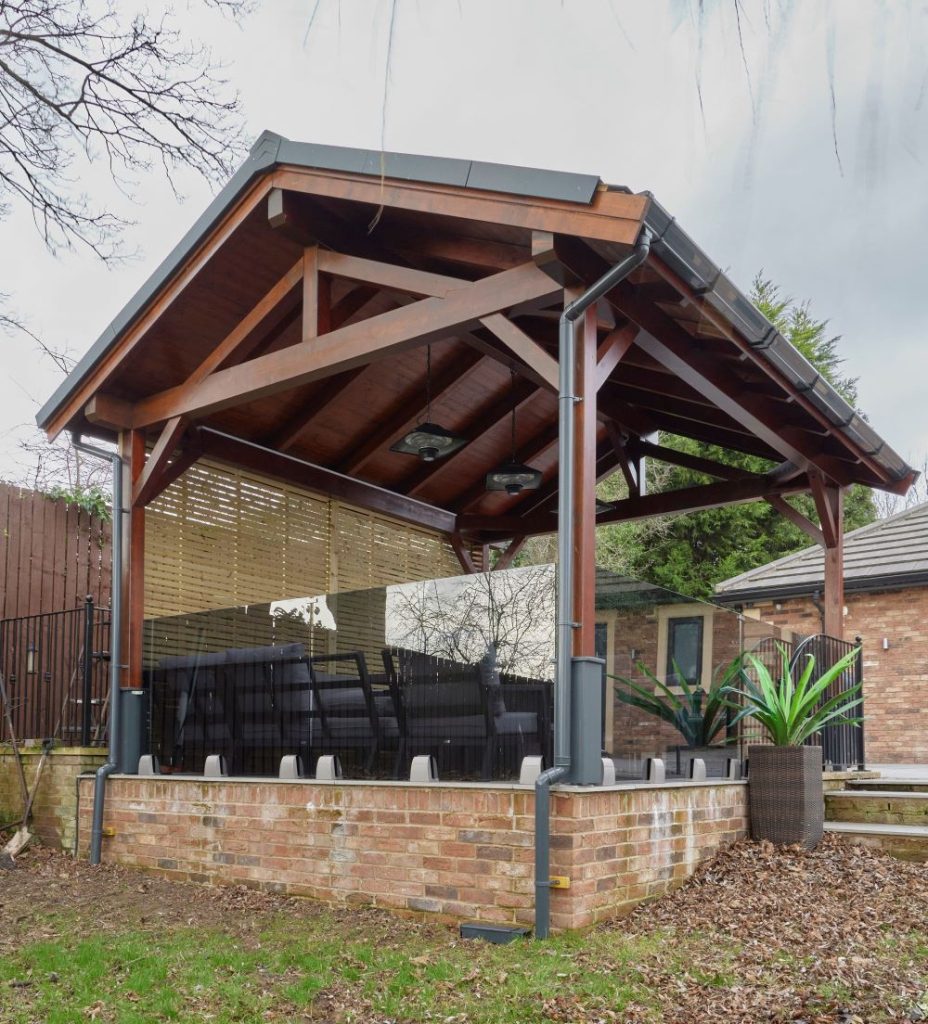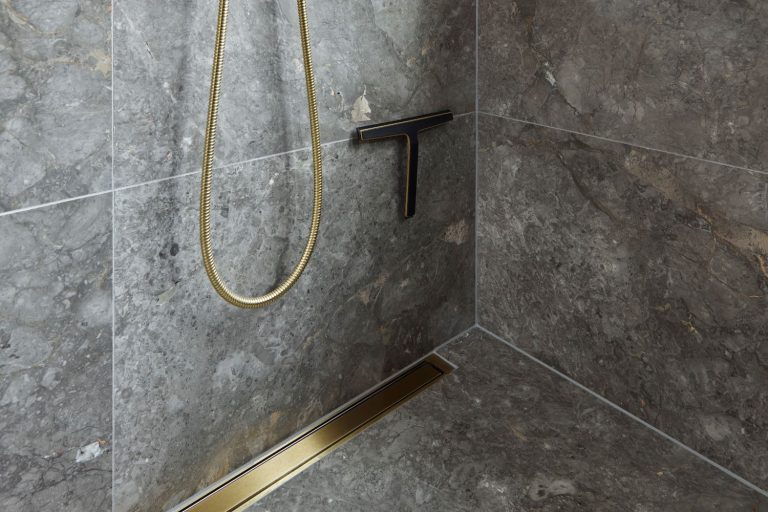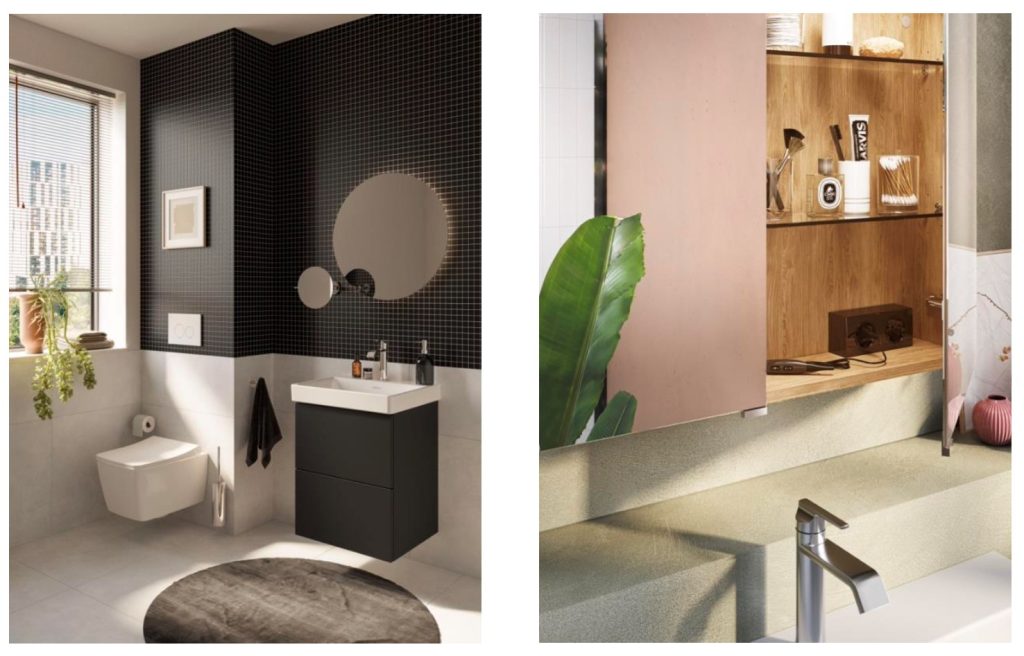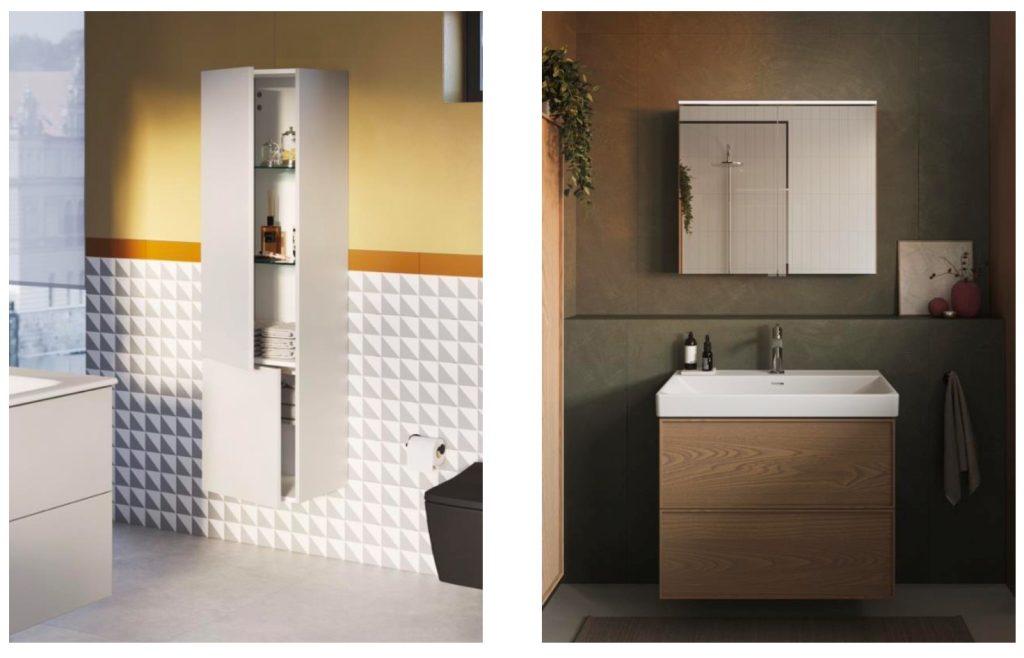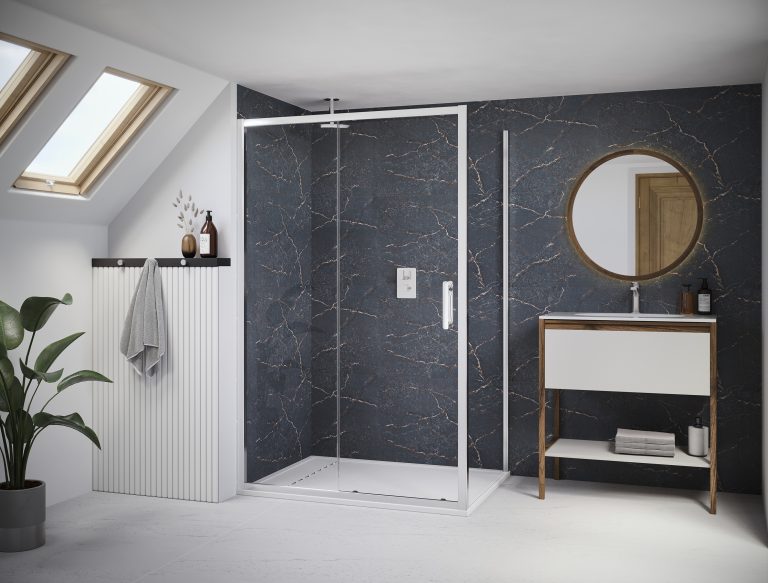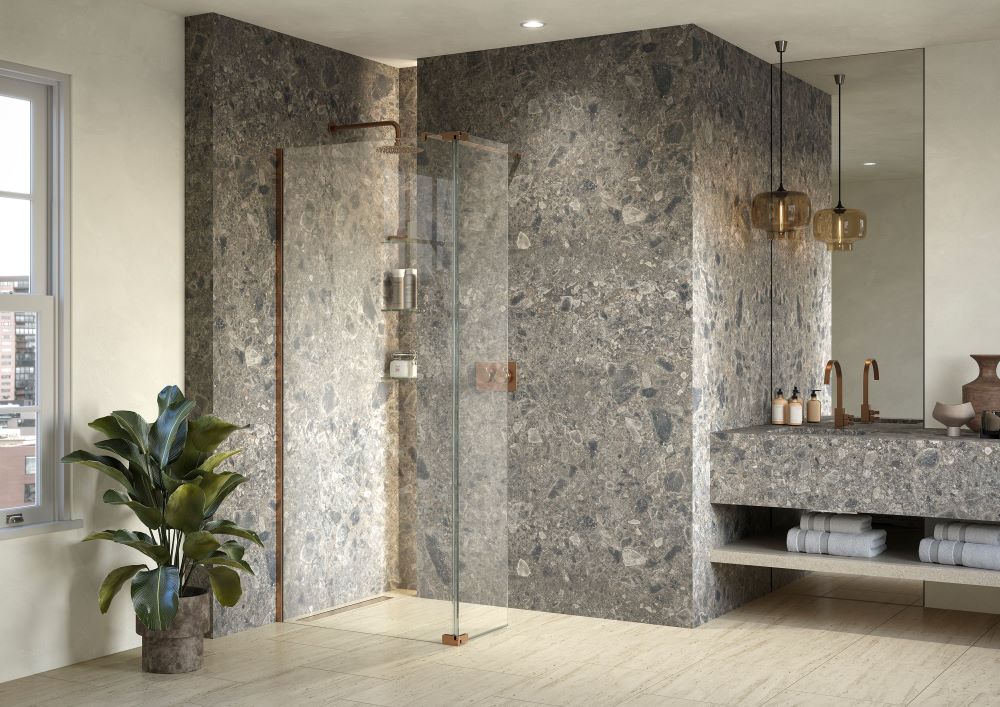RAK Ceramics has published its Environmental, Social and Governance (ESG) report for the year 2023, documenting the company’s achievements in the realm of sustainability and social responsibility. This comprehensive report presents the outcomes of the set objectives for last year and outlines the aspirations and goals for 2024.
RAK Ceramics’ core divisions, which include Tiles, Sanitaryware, Tableware and Faucets, focused on bolstering sustainability efforts through targeted goals and innovative initiatives in 2023. They executed 32 projects aimed at optimising resource usage and reducing environmental impact. The recently opened Smart Factory helped boost productivity and reduced power and gas consumption.
By investing in one of the largest tunnel kilns in the industry, SMART-controlled compressors, VDF installations and other major initiatives, the sanitaryware division effectively reduced its energy consumption in air compressors by nearly half. The faucet division enhanced chrome production productivity, achieving a significant 48.78% reduction in energy intensity. Meanwhile, the tableware division effectively decreased the energy intensity of sales and production processes.
Additionally, installing Variable Frequency Drives (VFD) on 34 machines and equipment helped reduce the overall electricity consumption.
In 2023, RAK Ceramics ensured improved circularity through a multifaceted approach, in which 100% of non-hazardous waste was either reintroduced in production or recycled by third parties.
The factories reused 16.7% of fired sanitaryware rejects, 92.5% of reclaimed glaze and 100% of greenware sanitary ware rejects.
Furthermore, the effective partnership with DHL Global Forwarding and Etihad Rail (RailDirect) underlined RAK Ceramics’ strong commitment to sustainable logistics solutions.
In the final quarter of 2023, RAK Ceramics showcased its commitment to sustainability at COP28 UAE as a prominent partner in the Sustainability Showcase: Ras Al Khaimah’s Journey and played a pivotal role in discussions on achieving net-zero emissions. Collaborating with SAP, the company highlighted the importance of technology in driving positive change. RAK Ceramics’ efforts were also recognised with the EcoLabel Certification Award by the Ras Al Khaimah Environmental Protection and Development Authority, underscoring its leadership in environmental sustainability.
In regard to social responsibility, RAK Ceramics increased its Emiratization rate and the representation of women among administrative employees. The company also made noteworthy progress by successfully onboarding 319 professionals and optimising the workforce to enhance production capacities, which resulted in 762 employees transitioning to new opportunities.
The company invested in various CSR initiatives last year demonstrating a strong commitment to corporate responsibility. Notably, in response to the devastating earthquake in Turkey and Syria, RAK Ceramics partnered with the Khalifa Bin Zayed Al Nahyan Foundation to supply over 1,000 pallets of tiles and sanitaryware products for construction assistance, aiming to facilitate the rebuilding process. Additionally, AED 100,000 was raised and donated to the Emirates Red Crescent UAE and UNICEF to support their ongoing relief efforts in the affected areas.
Commenting on the success of ESG objectives in 2023, Abdallah Massaad, group CEO of RAK Ceramics, said, “In the ever-evolving landscape of sustainability, RAK Ceramics achieved many important sustainability goals in 2023, including increased energy efficiency, conserving natural resources, and implementing eco-friendly solutions across our entire value chain.
“We are proud to announce ongoing investments and advancements in our manufacturing capabilities across key regions, including the UAE. This strategic investment not only enhances our
production capacity but also reflects our unwavering dedication to delivering excellence in quality, fostering innovation, and ensuring sustainability.
“As we navigate the future, our dedication to sustainability remains unwavering. We are committed to leading by example, continuously improving our practices, and putting humanity and nature at the core of our business.”
For more information, visit www.corporate.rakceramics.com.
More news from RAK Ceramics


